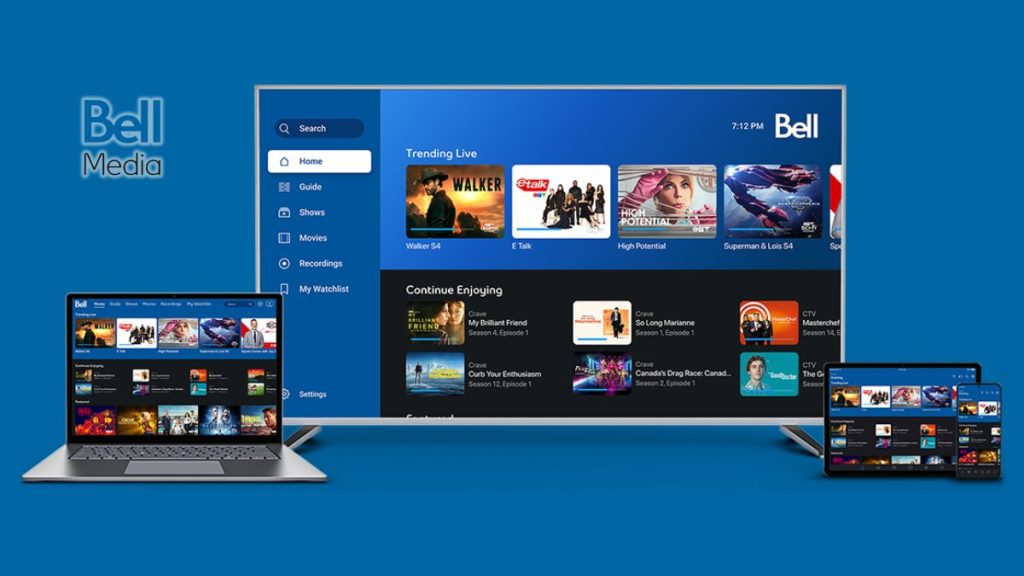The federal government has contributed a hefty $1.44 billion towards Telesat. With this investment, the company has almost reached its funding goal of $5 billion. The government’s funding comes in two parts: a $730 million loan and $650 million being purchased in shares. Telesat is a satellite internet company, and will act as Canada’s competition against Starlink. Now that they are essentially fully funded, their goal is to launch their network by 2024. At this point, you may be asking: What on Earth is satellite internet? Why is the Canadian Government funding Telesat? And what’s Starlink? Don’t worry, we’ll go over everything you need to know about the situation over the course of this article.
What is Satellite Internet?
So, first and foremost, what is satellite internet? To put it simply, it’s a developing technology that aims to provide internet access from space. Satellites are capable of providing much faster internet speeds than cable, DSL, fibre or any other current technologies. The satellites are placed in low Earth orbit, allowing it to orbit the Earth once every two hours. These satellites communicate with appointed ground transceivers in order to provide high data speeds with groundbreakingly low latency. Download speeds with satellite internet access are expected to reach as much as 500mbps. Hopefully, satellite internet will be readily available for consumers within the next few years.
Starlink
Starlink is an American satellite internet operation conducted by SpaceX, the aerospace company founded by Elon Musk. Announced back in 2015, Starlink has made considerable progress over the past few years. As of August 2021, they have launched a constellation of around 1600 satellites into orbit. Their services are currently in the beta testing phase. During this phase, Starlink is testing out their services and trying to improve upon them in every way. They are hoping to launch to the public within the next year, with faster speeds than their beta test currently offers.
Due to their vast amount of satellites, Starlink could be capable of providing the Earth’s entire population with satellite internet. However, their services can only legally be provided in countries that have listed SpaceX as a licensed provider. Thus, their beta tests are only being offered in 12 countries, despite their impressive infrastructure. One silver lining of Starlink’s introduction is the competition it inspired among other countries. Of course, this ultimately resulted in the Canadian government funding Telesat as a national competitor.
Telesat
Telesat has functioned as a satellite operator within Canada since 1969. In 2016, they announced their plan to launch low Earth orbit internet satellites with ground stations around the world. Over the next few years, they successfully launched a couple hundred satellites with a few dozen ground transceivers. In 2020, Telesat announced their large long-term plans. They aim to expand their low Earth orbit constellation to 1600 satellites as soon as possible. To raise money, they became publicly listed on the NASDAQ in 2021.
Presently, Starlink and Telesat are racing to see who will publicly launch their technology first. If Canada’s Telesat ends up launching before America’s Starlink, it would look great for the country. Thus, the government is investing heavily to try and achieve this milestone. In addition, there is a key difference that separates the two companies. Although they seem very similar, Telesat’s business plan is slightly different. Starlink aims to sell internet plans and network access directly to consumers. On the other hand, Telesat will lease its network to Canada’s major providers, who will then sell the plans to the public. This subtle difference could be a significant advantage for Telesat. While Starlink sells their services at a flat rate, carriers across Canada can offer a variety of deals and offers.
Conclusion
Now that we’ve summed everything up, we want to turn the attention towards you. What do you think of satellite internet? Do you think it has potential to be the future of internet technology? Lastly, what do you think about the competition between Starlink and Telesat? Is this kind of competitiveness healthy or harmful? As always, we’re very curious to know what you think!
Sadly, satellite internet may not be accessible for years. The Canadian government funding Telesat is an exciting step, but we may have to wait a long time before experiencing the technology ourselves. In the meantime, Planhub makes finding a new internet plan incredibly simple. Users can seamlessly browse through the country’s most affordable internet plans of all kinds. We hope you’re as excited for satellite internet as we are, and wish you the best of luck if you’re in search of a new internet plan!





